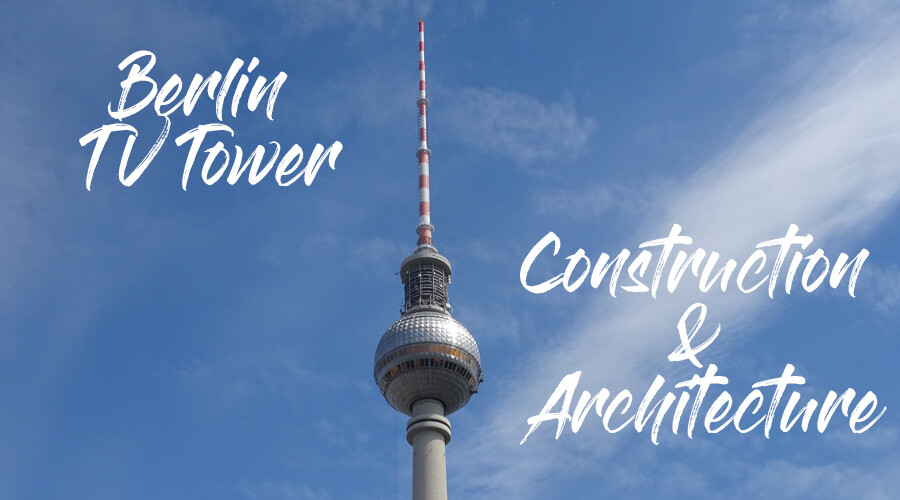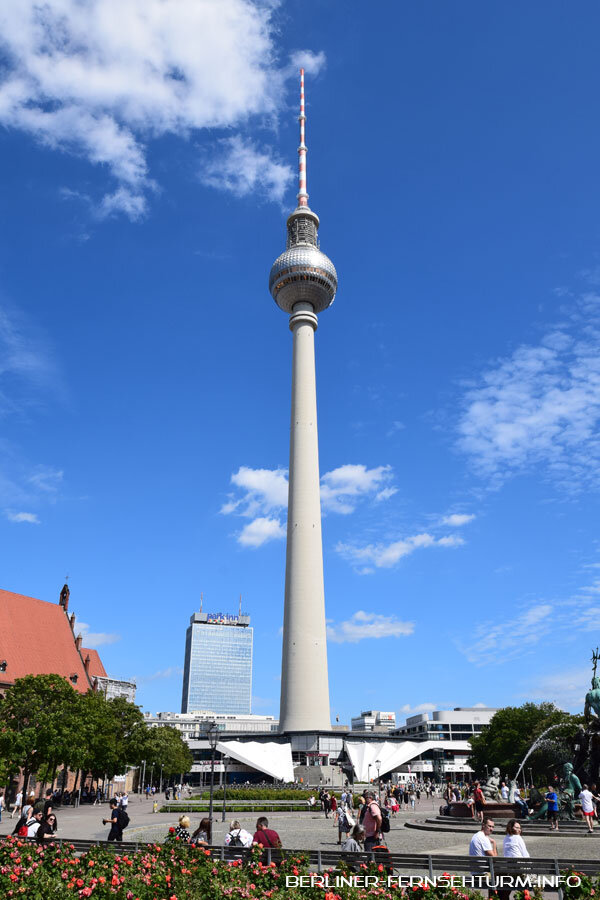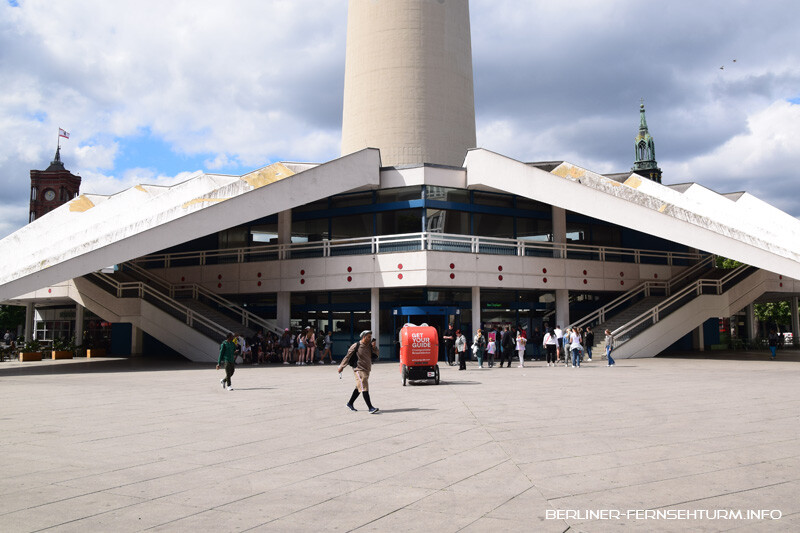
Berlin TV Tower: Construction & Architecture
The Berlin TV Tower, inaugurated in 1969, stands as an outstanding example of architecture and engineering. Constructed by a talented group under the leadership of Hermann Henselmann and the VEB Industrieprojektierung (Ipro) Berlin, the tower serves not only as an observation tower but also as a significant site for broadcasting stations. With a distinctive design and a solid foundation on uneven ground, the TV tower is a vibrant symbol of Berlin and a fascinating place to experience the city from a bird’s-eye view.
Berliner Fernsehturm: Construction & Architecture of the Berlin TV Tower
The impressive story of the Berlin TV Tower began in 1965 when work on the foundation commenced. The monumental construction was eventually completed in 1969 and inaugurated on October 3 of the same year. At that time, it proudly stood as the second tallest television tower in the world and was internally referred to as “Fernmeldeturm 32.”
The TV tower not only functions as an observation tower with a spectacular viewing platform including a bar but also serves as a critical location for multiple broadcasting stations transmitting radio and television.
This impressive structure was created by a remarkable group of talented individuals, led by Hermann Henselmann and the architectural team of the Volkseigener Betrieb (VEB) Industrieprojektierung (Ipro) Berlin. At times, the project was even led under the overall direction of the former president of the German Academy of Construction, Gerhard Kosel.
The Berlin TV Tower is not only a symbol of engineering prowess but also a significant architectural heritage. Its rich history and distinctive appearance have made it one of Berlin’s most beloved landmarks. Today, the TV tower stands as a living witness of the past and an impressive site to admire the city from a unique perspective.
Berlin TV Tower in Facts:
– Total Height: 368.03 m
– Tower Shaft Height: 248.78 m
– Shaft Top: 9 m
– Tower Sphere: 32 m
– Observation Platform: 24 m

Construction of the Berlin TV Tower
Between 1965 and 1969, the construction of the Berlin TV Tower began without the required building permit. The approval for the project was set by the Central Committee of the SED on February 9, 1965, and granted the next day by the Magistrate. Construction commenced on March 20, 1965, with demolition work covering an area of 29,400 square meters to make way for the tower. The substantial costs of land acquisition and demolition led to a significant cost escalation, causing a temporary halt in progress. Only after intervention could construction resume without a building permit.
The actual construction work started with the foundation on August 4, 1965. Concrete casting of the tower base began on March 15, 1966, followed by the completion of the hyperboloid shell on March 30, 1966. The tower shaft was erected to its final height of 248.78 meters on June 16, 1967. Meanwhile, preparations for the tower sphere began, with completion by November 1967. Installation of the sphere on the concrete shaft commenced on January 2, 1968, and was completed in October of the same year.
In October 1968, the tower received its top and antenna structure, enabling interior fit-out the following year. Despite significant cost increases exceeding 132 million marks and a temporary setback of ten months in completion, the Berlin TV Tower was finished in October 1969 after 53 months of construction. At that time, it was the second tallest television tower in the world.
Berlin TV Tower Architecture
The Berlin TV Tower, an iconic landmark of the German capital, rests on a foundation with varying levels between 2.70 and 5.80 meters, featuring a wall thickness of 50 centimeters. Compared to other television towers, the foundation of the Berlin TV Tower is relatively shallow. The foundation, with an outer diameter of 42 meters, consists of a 3-meter-thick ring foundation and an inner square foundation supporting the tower shaft. This shaft structure is a self-supporting steel construction reaching up to 230 meters in height, housing essential facilities like elevators, utility shafts, and an emergency staircase.

The visible base of the tower at ground level has a diameter of 32 meters and is designed in the form of a 20-meter-high hyperbolically tapering truncated cone. Three pavilions serve as entrance areas, gastronomy, and exhibitions. The most structurally distinctive features are the concrete folded roofs with a 30% inclination and upward-reaching parts up to 21 meters high. The entrance pavilion leads to a glazed transition (Skyway) connecting to the elevators and walkways along the tower shaft.
The design of the tower sphere, forming the tower shaft up to a height of 248.78 meters, consists of trapezoidal surfaces, imparting a diamond-rustic structure to the sphere. The outer skin is made of high-quality stainless steel, helping to minimize air disturbances. Inside the tower sphere are various levels, including a viewing platform, a restaurant, and technical facilities for television and radio transmission.
The antenna support extends above the tower sphere, carrying over 150 antennas for television and radio transmission. It is equipped with various safety features, including snow guards, drainage channels, and reinforced areas of the outer skin, to minimize the risk of falling snow and ice. The tower sphere also serves as a meteorological weather station for the German Weather Service.
In terms of safety technology, the tower features multiple lighting systems for aviation safety and a sophisticated cleaning and maintenance system. The construction of the TV tower consumed a significant amount of building materials, including concrete, steel, and profiled steel.
Traditionally, the Berlin TV Tower is illuminated on specific days with festive lighting. Additionally, various safety lights are installed along the tower to ensure aviation safety in different weather conditions.